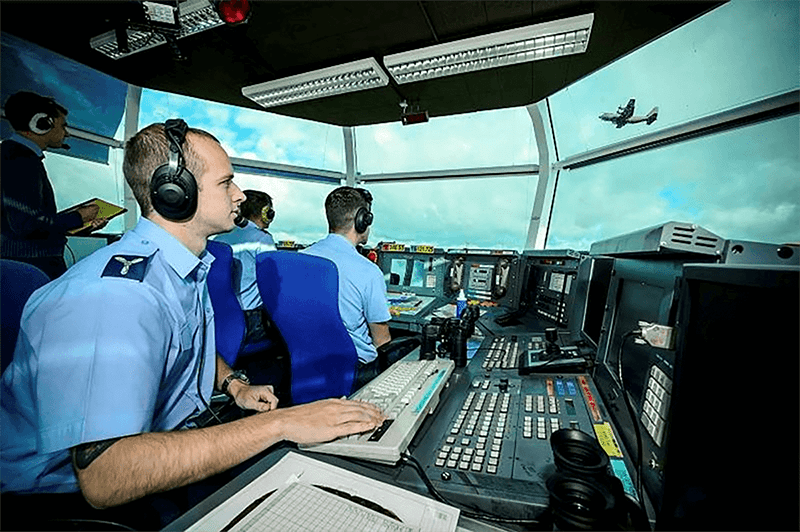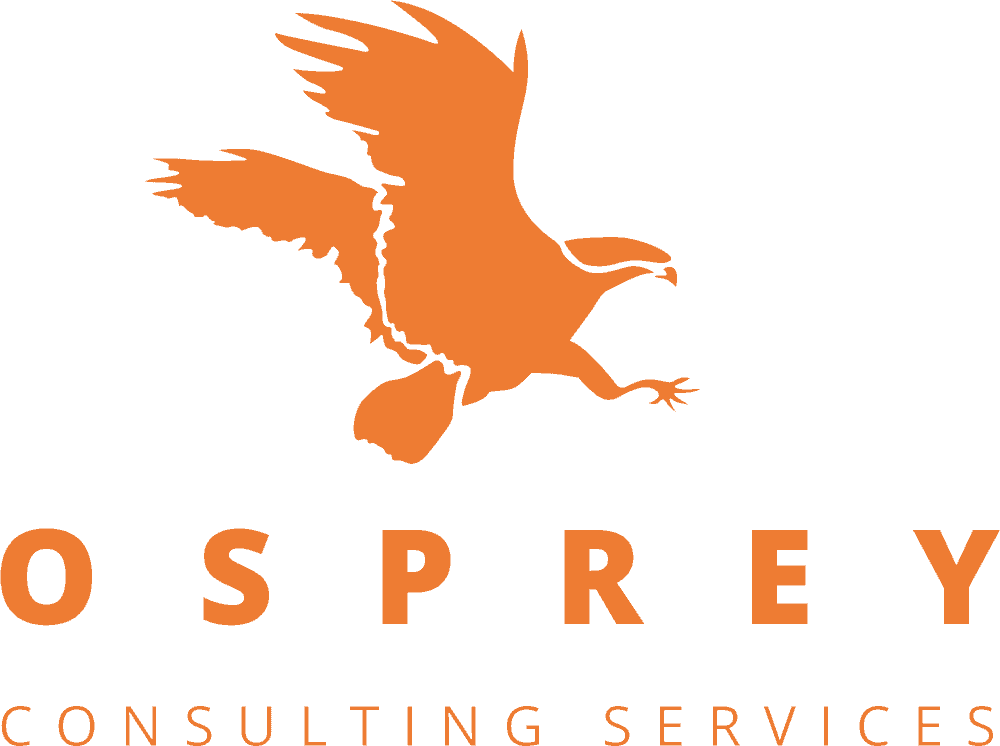Working in the aviation sector brings a wealth of diverse and exciting engineering opportunities. At Osprey, a tpgroup company, we are passionate about aviation and committed to solving the most complex aviation challenges for our civil and military clients.
Our engineers solve critical aviation issues by turning innovative ideas into practical, cost effective solutions that deliver real and measurable benefits. We have helped our clients to plan new airports, re-design airspace, re-engineer processes, certificate air systems, improve safety & operations and adopt new technologies.
Here are just a few examples of how our engineers are making a difference, helping to shape our industry for the better and continuing to tackle some of the current global challenges.
Space
Osprey has the capability, experience and understanding of the challenges faced by the space industry in providing commercially viable but safe operations. We are proud to be part of the team supporting Highlands and Islands Enterprise (HIE) in the development of a £17.3 million satellite launch spaceport at the A’Mhoine peninsula in Sutherland.

The project, known as ‘Space Hub Sutherland’ is set to become the UK’s first commercial vertical launch facility. The ambitious plans will see vehicles carrying commercial satellites launched vertically into space for earth observation. Osprey is proud to be making a difference to the UK space industry by being part of such a unique and exciting venture and will support HIE in developing the airspace solution for the spaceport.
Offshore Wind
Recently the UK Prime Minister, Boris Johnson set ambitious new targets for the renewables industry which now has to step up to the challenge of meeting offshore wind capacity of 40 gigawatts (GW), up from 30 GW as part of a balanced energy mix to power the UK’s green economic recovery.
Over the past fourteen years, Osprey has developed a reputation for excellence in assessing and mitigating the impact of wind turbines on aviation receptors. Our engineers regularly work with a range of wind farm developers and regional airports in the management of the impact of wind energy on aviation systems and now with our parent company tpgroup, we have the engineering capability to advise and provide hydrogen solutions for energy storage and provide digital solutions for wind farm planning and logistics.
We are currently one of the UK’s leading consultancies in supporting the consenting process, but we are also known for providing elegant airspace, procedural, technical and safety engineering solutions to the aviation issues that typically form the basis of offshore wind farm planning conditions. Our aim is always to pursue a collaborative and innovative approach to mitigating the effects of wind turbines on aviation, discharging planning conditions to the mutual satisfaction of all parties.
Air Traffic Management
Osprey engineers are currently supporting acceptance and commissioning activities associated with the UK Ministry of Defence (MOD) Project MARSHALL – a £1.5bn long term sustainment and support contract to upgrade Air Traffic Management (ATM) equipment throughout Defence. The programme aims to transform the military ATM capabilities at all MOD operated sites investing in equipment and infrastructure.

The first 6 years of the programme will see legacy equipment replaced with new capabilities and the MOD require Osprey engineers to conduct acceptance activities across all Service Delivery Sites. We are very proud to be supporting this crucial programme which will improve the capabilities of the MOD over the next six years and beyond.
Airspace Design
As a UK Civil Aviation Authority (CAA) Approved Procedure Design Organisation (APDO), Osprey is authorised to design both conventional and satellite based Instrument Flight Procedures (IFP). We assist Air Navigation Service Providers, Aerodromes and Aircraft Operators with the planning and design of flight procedures, in accordance with CAA standards.
We also conduct feasibility studies to assess the cost and benefits of new flight procedures, or optimise existing procedures for efficiency and to assess their impact on the environment. Next time you board a plane, don’t forget that the Osprey team may well have designed the take-off and landing procedures for your flight!
Air System Safety and Certification
We provide civil and military airworthiness, certification and safety engineering support to a variety of fixed and rotary wing platforms such as the Merlin, Hawk, A400M Atlas, Voyager and UK Military Training Aircraft. Our safety engineers have vast experience and knowledge of the full range of aviation capabilities on a diverse range of platforms, equipment and services.
Earlier this year, Osprey was chosen by the British Antarctic Survey (BAS) to provide technical advisory services to support the definition and delivery of a suitable Air Capability solution to support expeditions in the Polar Regions. BAS is currently carrying out a major programme of Antarctic infrastructure and logistics modernisation including the introduction into service of the new polar ship, the RRS Sir David Attenborough and the commissioning of a new air capability amongst other things, all to support science into the future.

Osprey is proud to part of such an interesting UK programme, providing a range of engineering services from the definition of user requirements and specifications, to airworthiness, aircraft operating procedures, safety cases, regulatory support and the production of industry standard manuals.
UAS and UAM
Finally, we absolutely have to mention Unmanned Aircraft Systems (UAS) or drones and Unmanned Air Mobility or Air Taxis because it is such an emotive subject. We have worked with the Civil Aviation Authority (CAA) to develop the regulations that govern how drones are operated in the UK, with respect to their potential impact on the safety of aviation. This has given us great insight into UAS/ drone operations and we have advised a number of organisations on how they might safely deploy this exciting technology. Our work has informed political decision making in the UK and the report we completed on behalf of the CAA has fed directly into UK Government policy.
The potential markets for UAS are almost endless, and the sector is expanding rapidly. However, the ultimate aim is to safely integrate UAS into the total aviation system without any increased hazard to other airspace users. In achieving this objective an incremental approach must be taken whilst remaining agile to any regulatory or standards development in this fast moving environment.
The Future
Going forward, Osprey must continue to influence and shape the way the aviation industry is evolving and be right at the forefront of innovation. We have a key role to play in working towards net zero carbon emissions by 2050 with the help of new technologies and renewable fuels to create a greener future, and a commitment to help the aviation industry as it strives to recover from the COVID-19 led downturn. In spite of all the current uncertainty, we can confidently say that engineering skills & expertise are absolutely critical to our success.
#BeTheDifference #ThisIsEngineering

